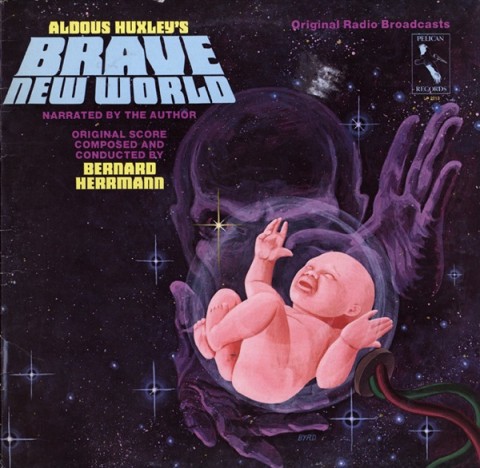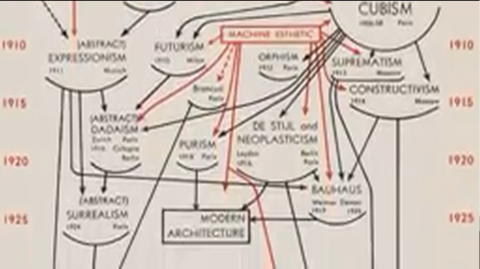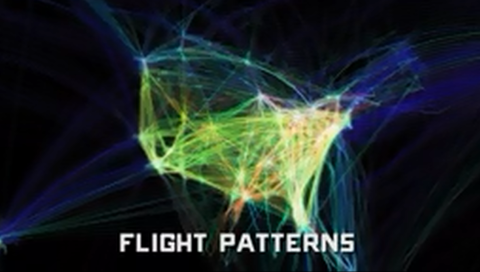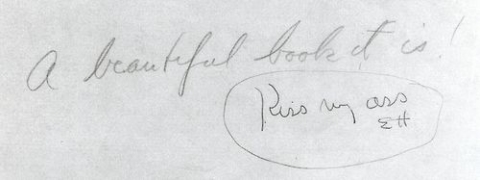Cadillac Records—a 2008 biopic about the rise and fall of Chicago’s Chess Records—won acclaim for bravura performances, garnered Beyonce a White House performance and threats of violence from Etta James, and took it on the chin for its deeply muddled history. But nobody goes to the movies for a history lesson, right? What stuck with me was its dramatization of that moment (okay, decade) when R&B and “race records” got rebranded by Alan Freed as “Rock n’ Roll” and crossed over the color line. Hundreds of bands hijacked Chuck Berry’s licks (as he saw it), and then Jagger crashed the party with his Muddy Waters impression while his band took their name from one of his blues songs.
The Stones may not have been the first British band to make American electric blues their own, but they were arguably the most popular. In an excerpt (below) from a longer interview from 1973, Keith Richards namechecks both Waters and Berry, as well as usual suspects Little Richard, Bo Diddley, Jimmy Reed, Slim Harpo, and the much earlier Robert Johnson and Blind Lemon Jefferson. The host pushes Keith on his roots influences and the part of black music in the Stones’ sound, asking if their lack of sentimentalism came from the blues. Keith replies,“I don’t get sentimental about things because… it doesn’t lead to clarity of thought.” And when I think clarity, I think Keith Richards. But seriously, it’s a gem of an interview.
Asked about how black musicians reacted to his blues appropriation, Richards gets philosophical: “Probably as many different reactions from them as anybody else.” We know how Chuck Berry felt—robbed—but Keith tells us Waters took it in stride, “grateful” for the introduction to the white college circuit which put more bread in his pocket. Maybe so, but Waters’ crossover before white audiences predated the Stones. Before the British invaded—two years before the Stones formed—Muddy hit England’s shores in 1958 (one year after Sister Rosetta Tharpe brought her electric blues across the pond). While the usual belief that Waters’ blues shocked the Brits may be a misconception, he won a new audience on the folk circuit, returning to England in ‘64. After laying low for a while, Waters saw a career revival late in life, performing into his final years with The Stones, Eric Clapton, Johnny Winters, and his own band. In the video above, see a full performance of Waters with the Stones from 1981, two years before Waters’ death from heart failure. He’s 66 at this gig, three years younger than Richards is now.
Related Content:
Chuck Berry Takes Keith Richards to School, Shows Him How to Rock (1987)
Revisit The Life & Music of Sister Rosetta Tharpe: ‘The Godmother of Rock and Roll’
Muddy Waters and Friends on the Blues and Gospel Train, 1964
Josh Jones is a writer and musician based in Washington, DC. Follow him @jdmagness







